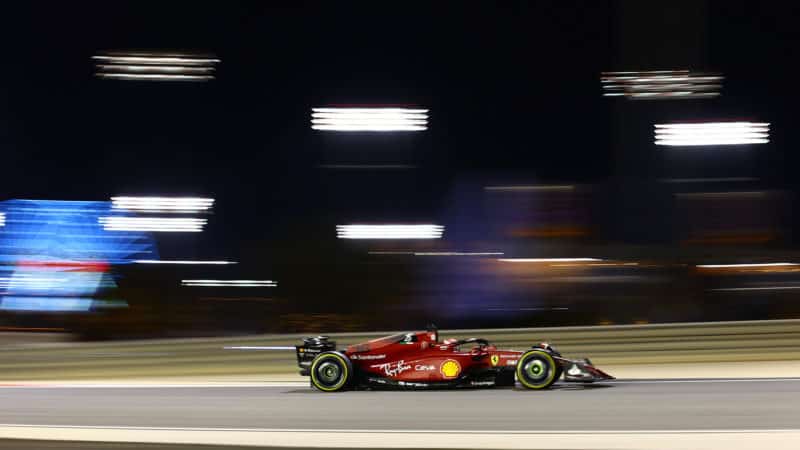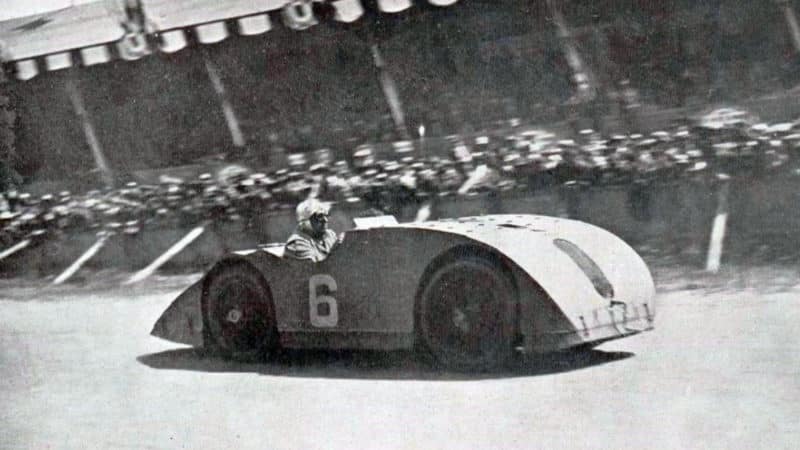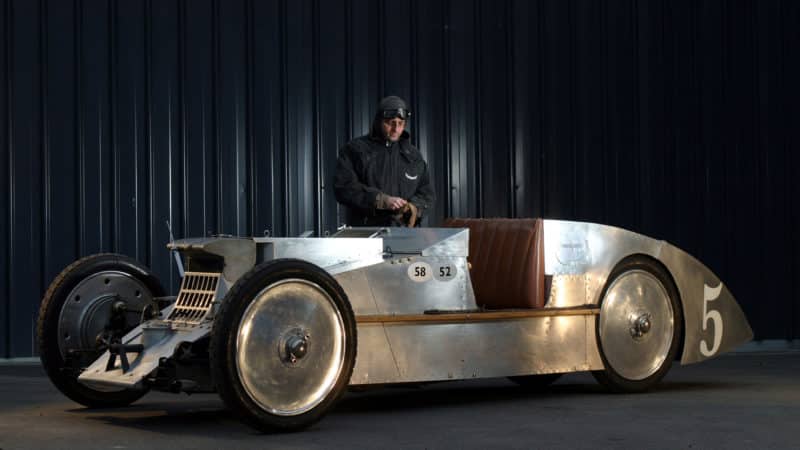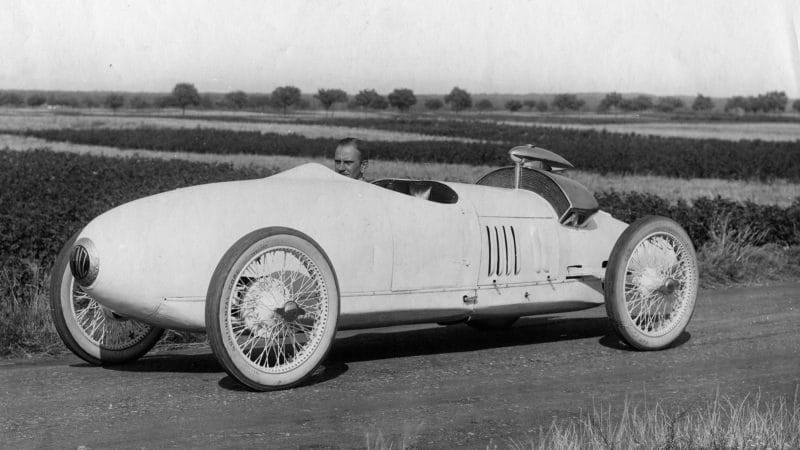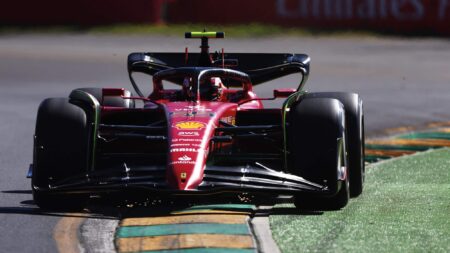Active aero would potentially mean software-controlled retractable wings for maximum straightline speed but masses of downforce when needed into the braking areas and through the turns. There are potential problems with this in terms of maintaining recent progress in the raceability of the cars. DRS would obviously no longer work as there’d be no wing-derived downforce to dump on the straights and the downforce-damaging wake would still be there in the corners as the wings came back up. So active aero may remain forever just a notion, an ideal not quite achievable in combination with all the other demands of a formula.
But… it may not be necessary to throw out the baby with the bathwater. One often overlooked boon of the hybrids is how the power differences between two competing cars varies according to how much battery energy each has at any given moment. This plays its part in overtaking as the driver behind can induce the one in front to use up their electrical reserves over a few laps, briefly leaving the car ahead 160bhp bereft. But if that difference between battery deployment and no deployment were to be, say, 400bhp, however briefly, then the feasibility of overtaking would surely be enhanced.
In this way F1 may be able to use variability in power to enable active aerodynamics and if so, reducing the wings-retracted drag of the cars would assume far greater importance.
